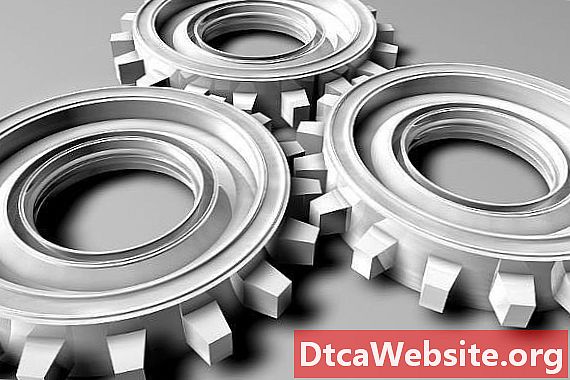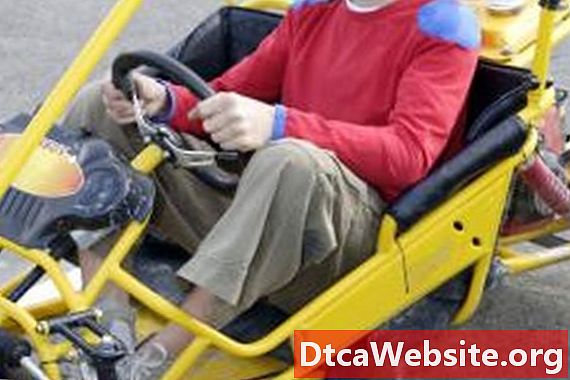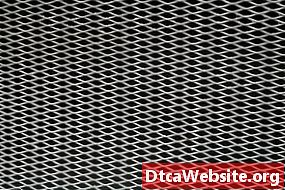
Contenu

Although it might seem natural that the California Department of Motor Vehicles would oversee and regulate the replacement of vehicular engines in cars, the task is actually under the authority of the California Air Resources Board. Because engine swapping can potentially cause a vehicle to emit more or less harmful emissions, CARB is in charge of deciding how and under what circumstances a vehicles engine can be changed or replaced.
Identical Replacement
If the new engine to be installed isnt identical to the one its replacing, its considered an engine change. But if an engine is identical in all respects to the engine its replacing, then the new engines considered a replacement part instead of a change. If the replacement block or engine doesnt have any emissions equipment, all the emissions equipment from the original engine has to be installed on the replacement.
Engine Changes
Engine changes are legal in California as long as a number of requirements are met. One, the engine must be the same year or newer than the vehicle. Also, the engine must be from the same type of vehicle based on the vehicles gross weight. For example, you cant put an engine for a heavy duty truck in a passenger car, or vice versa. Additionally, all emissions control equipment has to stay on the installed engine. And if the car is a California certified vehicle, then the engine has to be California certified, as well.
Japanese Replacements
The Air Resources Board allows engines that are Japanese imports to be used as replacement engines as long as the engine being installed is functionally identical to the original. If you have a Japanese imported engine, you should refer to the engine importers catalog to determine if it can be legally installed in your car.
Electric Conversions
Vehicles that are converted from standard fuel vehicles to all-electric cars that have their power 100 percent supplied by on-board storage batteries are, under California law, in compliance with the states engine change requirements. However, all fuel systems components are required to be removed from the vehicle as part of the conversion process.
Inspections
All vehicles that undergo engine changes--even those converted to run on electricity--have to be inspected at a California referee station after the conversion. Referee stations are state-controlled vehicle emissions test facilities that are mostly located across the state at community colleges. Referee stations also inspect vehicles that were imported into the U.S. without meeting federal emissions standards and specially-built vehicles like dune buggies.
Exemptions
Certain vehicles are exempt from the rules on replacing engines because they were built before emissions control regulations were in place. Vehicles that have exemptions include U.S. built, California-certified cars that were built in 1965 or earlier; U.S. built, federally certified vehicles that were manufactured in 1967 or before and foreign-built cars that were made in or before 1967.


